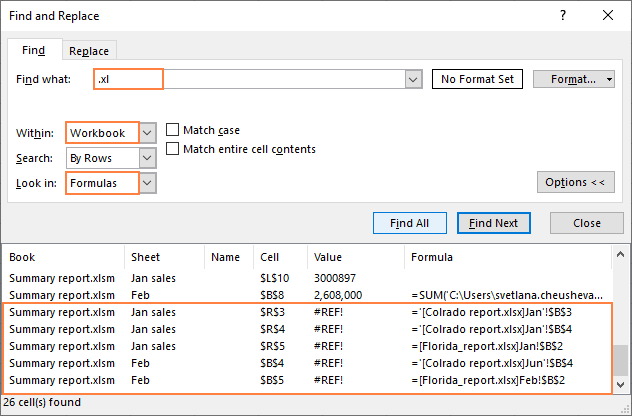
If someone manually deletes a file without knowing symlinks point to it, those symlinks will no longer work. Broken SymlinksĪ symlink is broken (or left dangling) when the file at which it points is deleted or moved to another location. If an application’s uninstallation routine doesn’t work properly, or is interrupted before it completes, you might be left with broken symlinks. It’s the permissions on the target file or directory that take precedence and are honored by the file system.

They don’t reflect the actual permissions on the objects at which the symlinks point. The permissions are listed as read, write, and execute for the owner, the group, and others. In our example, the targets are all directories. The text after “->” shows at what the symlink is pointing. We type the following command to look at all the “lib” entries and the single “bin” entry: ls -l /lib* /binĪt the start of each line is an “l,” which indicates the item is a symlink. We can take a deeper look by using the -l (long listing) option. Some of the entries are displayed in a different color-on our Ubuntu 20.10 test machine, they’re displayed in light blue. We can easily see some symlinks by using ls in the root directory.
#FIX BROKEN LINKS CHECK SOFTWARE#
When the software is updated, the binary file is replaced with the new version, and all the symlinks carry on working as before, as long as the new file’s name is the same as the old. Application installation routines often use symlinks to point to executables files. Even if you don’t create any yourself, the operating system uses them. If you try to use cat or less on the symlink, you’ll actually see the contents of the “text-file.txt” file.Ī standard Linux installation contains many symlinks. Commands you use on the symlink are automatically applied to the file to which it points.


The file or directory to which the symlink points can be anywhere in the file system tree.įor example, let’s say you have a symlink in your home directory called “dave-link” that points to a file called “text-file.txt” located somewhere else in the file system tree. It also shows up as an entry in a file listing in a terminal window. A symlink looks just like a regular file or directory in a file manager window. Symbolic links, also called “soft links” and “symlinks,” are a form of shortcuts that can point to files and directories.


 0 kommentar(er)
0 kommentar(er)
